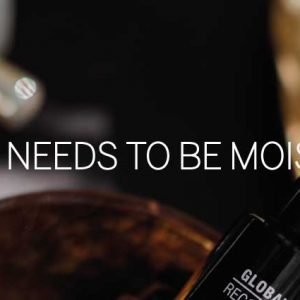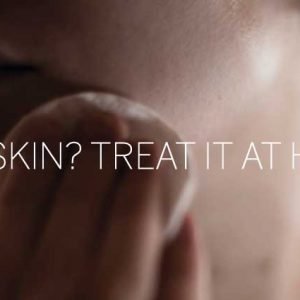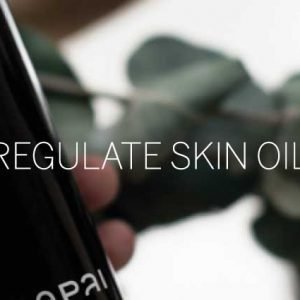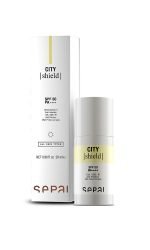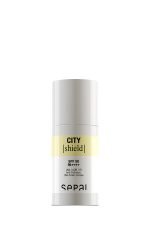UNDERSTANDING OILY SKIN
There are different kinds of skin type, and being able to recognise yours is the best way to know how to properly take care of your skin. Skin can be normal, dry, oily or mixed.
One of the most common and most problematic skin type is oily skin. You can identify it by an excess of oil (or sebum), mainly on the face. The amount of sebum the skin produces varies for every person, some people will start feeling greasy shortly after cleansing, while others may take more time.
WHAT CAUSES OILY SKIN?
WHY IS MY SKIN SO OILY?
Oily skin seems to be caused mostly by hormones, more specifically, androgen. Androgens are present in both males and females. Dihydrotestosterone (or DHT) is the androgen that increases
in all genders during puberty, and the one responsible for triggering sebaceous glands to produce sebum. DTH levels are later affected by the menstrual cycle, which rises the levels of progesterone.
SEBUM
WHAT IS SEBUM?
Sebum is an oily substance produced by the sebaceous glands, which are found everywhere on the skin – except for on the palm of the hands and soles of the feet.
Your back, chin and forehead are the parts of your body that have more sebaceous glands, which explains why those tend to be the oiliest parts of the body.
WHAT TO USE FOR OILY SKIN AND HOW CONTROLS SEBUM?
Sebum control is the main issue people with oily skin should focus on. Most people think that a good oily skin care is the hardest to achieve, but there are many useful tips and products you can adopt to control sebum production on your skin.
If you are tired of trying products for oily skin that don’t work for you, don’t give up, not every product has the same effect on everyone. It is always best to look for skincare with lighter ingredients, a “deep cleansing” soap isn’t always the answer, just remember to clean your face twice a day with a cleanser for oily skin.
What’s more important, don’t forget to moisturize. It is often believed that to control sebum you should about all creams, oils, or serums, but in reality this can make your skin produce more oil by feeling a lack of moisture. Make sure to use a light moisturizing cream that nourishes your skin without clogging your pores.
If you have combination skin, in which some parts of your face are oilier than other while some are dry, the best way to gain control is to use different products for the drier or oilier areas. Your skin care must adapt to your skin’s needs, even if they vary.
BRIGHT SIDE OF OILY SKIN
OTHER CONSEQUENCES
Not everyone who suffers from seborrhoea (oily skin) has acne, even when extra sebum leads to blocked pores, an oily surface and bacteria.
But fear not, there’s always a bright side, and this usually hated oil can also be beneficial when produced in normal quantities. Sebum is very helpful to keep skin healthy and protected, and you too can regulate your skin’s oil and be a part of the “normal” skin type.






